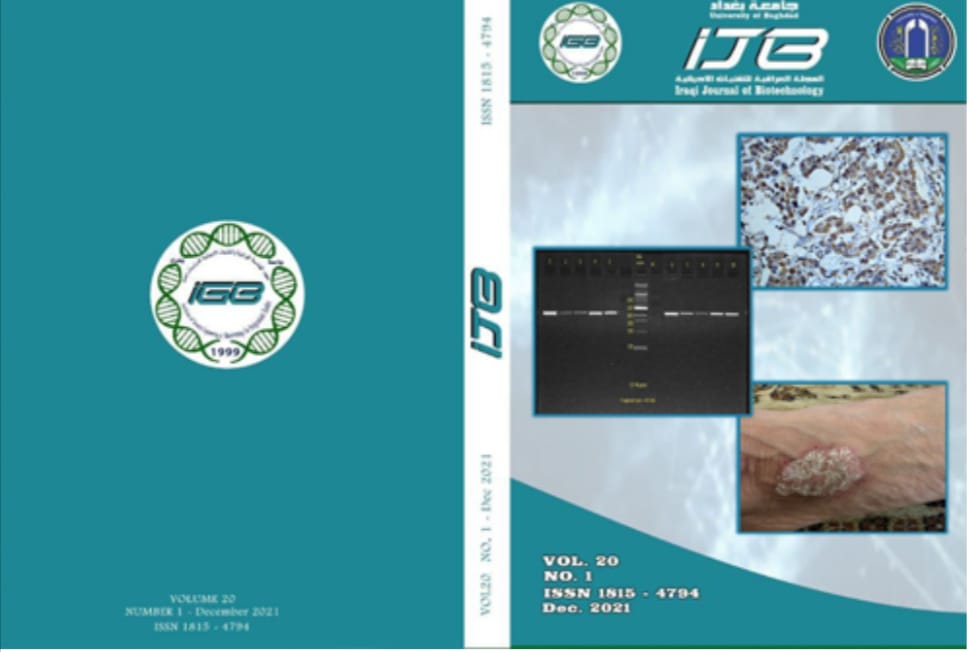The Effect of Oxidative Stress and Some Biochemical Parameter in a Sample of Iraqi Chronic Renal Failure Patients in Baghdad Governorate
Abstract
The decrease ability of a biological system to resist the excessive generation of free radicals and reactive species is an indicator of oxidative stress. The kidney is a high metabolic organ more susceptible to oxidative damage stress because of its high level of oxidation processes inside the mitochondria. The study's aim the role of oxidative stress in Chronic kidney disease patients by evaluating malondialdehyde and glutathione in the serum and some biochemical parameters the study included blood samples from 120 patients were collected from chronic kidney disease in the end stage and arranged into the following two groups: Group 1 consists of 60 samples from chronic kidney disease patients, Group 2 of 60 samples controls who appear to be in healthy control people. Malondialdehyde and Glutathione determined by using ELISA Kit assay. The routine test includes serum urea, serum creatinine, sodium, potassium, calcium and phosphor were detected using an automatic biochemical analyzer. Malondialdehyde levels were noticeably higher significant increase with (p>0.01) between patients group and control, while Glutathione serum noticeably reduced significantly. The levels of urea, creatinine, phosphor and potassium in serum were showed high significant increase with (p>0.01) patients group compared to other control groups while the levels of calcium and sodium show low significant when compered patients group to other control groups It was concluded Glutathione was reduced signification in chronic kidney disease patients and associated with the negatively level of Malondialdehyde. This suggests that oxidative stress in chronic kidney disease patients is strongly influenced by antioxidants, mostly Glutathione.


